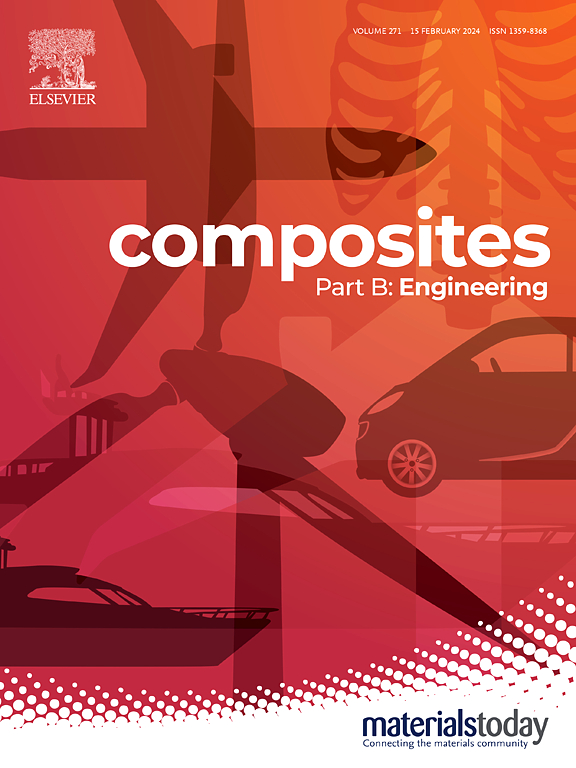A simple and low-cost method to develop porous egg white scaffolds with controllable shape for cartilage regeneration
IF 12.7
1区 材料科学
Q1 ENGINEERING, MULTIDISCIPLINARY
引用次数: 0
Abstract
Current tissue-engineered scaffolds (TES) for cartilage regeneration have limited clinical application due to the challenges of complex fabrication methods and high production costs. This study presents the development of porous scaffolds derived entirely from egg white (EW), using a straightforward combination of lyophilization and thermal crosslinking. The objective was to create an ideal TES with a simple fabrication process, low cost, and high shape precision, making it suitable for clinical use. EW was blended with deionized water in various proportions to optimize scaffold properties. The resulting porous EW scaffolds exhibited adjustable pore size, porosity, mechanical strength, degradability, and hydrophilicity. Notably, thermal crosslinking significantly improved structural stability, enhanced mechanical properties, and slowed the degradation rate of the scaffolds. Biocompatibility testing revealed that the porous EW scaffolds supported excellent chondrocyte adherence and exhibited good biocompatibility. Subcutaneous implantation in rats demonstrated that the scaffolds were immunologically inert. Both in vitro and in vivo cartilage formation assays confirmed that the EW scaffolds facilitated the generation of cartilage-like tissue, featuring cartilage-specific matrix components and appropriate mechanical strength. Furthermore, the EW scaffolds were easy to fabricate into various shapes, displayed excellent shape retention, and supported precise cartilage regeneration after subcutaneous implantation. These features underscore their potential for creating tailored scaffolds for complex cartilage repair. In conclusion, this study provides a simple, cost-effective method for producing porous EW scaffolds with tunable shapes and properties, highlighting their promise for clinical cartilage regeneration applications.
求助全文
约1分钟内获得全文
求助全文
来源期刊

Composites Part B: Engineering
工程技术-材料科学:复合
CiteScore
24.40
自引率
11.50%
发文量
784
审稿时长
21 days
期刊介绍:
Composites Part B: Engineering is a journal that publishes impactful research of high quality on composite materials. This research is supported by fundamental mechanics and materials science and engineering approaches. The targeted research can cover a wide range of length scales, ranging from nano to micro and meso, and even to the full product and structure level. The journal specifically focuses on engineering applications that involve high performance composites. These applications can range from low volume and high cost to high volume and low cost composite development.
The main goal of the journal is to provide a platform for the prompt publication of original and high quality research. The emphasis is on design, development, modeling, validation, and manufacturing of engineering details and concepts. The journal welcomes both basic research papers and proposals for review articles. Authors are encouraged to address challenges across various application areas. These areas include, but are not limited to, aerospace, automotive, and other surface transportation. The journal also covers energy-related applications, with a focus on renewable energy. Other application areas include infrastructure, off-shore and maritime projects, health care technology, and recreational products.
 求助内容:
求助内容: 应助结果提醒方式:
应助结果提醒方式:


